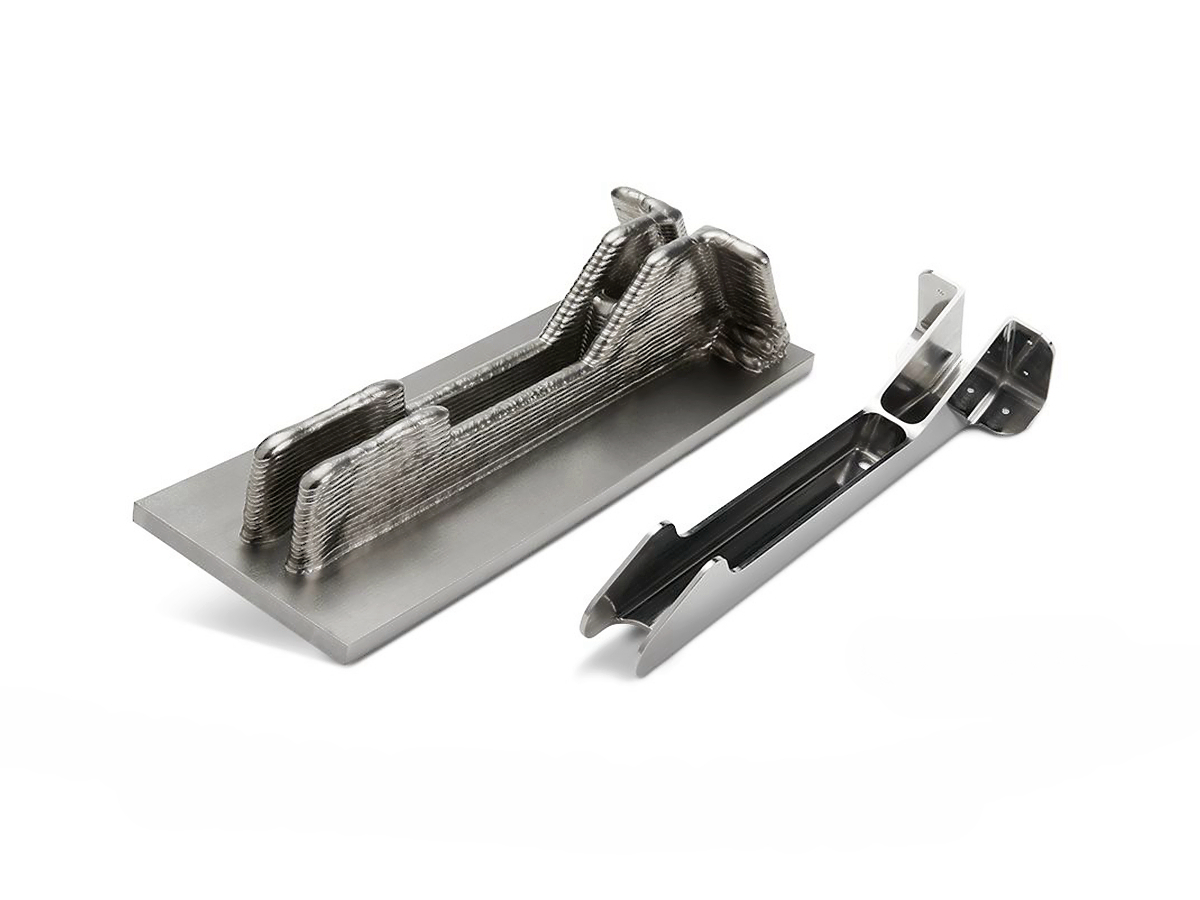Custom Online Titanium 3D Printing: Aerospace-Grade Parts with Unmatched Quality
Introduction
Custom online titanium 3D printing enables the rapid production of aerospace-grade components with exceptional precision, mechanical strength, and corrosion resistance. Using state-of-the-art technologies like Selective Laser Melting (SLM) and Electron Beam Melting (EBM), we fabricate titanium alloy parts such as Ti-6Al-4V (Grade 5) that meet the demanding standards of the aerospace industry.
Compared to conventional manufacturing, custom online titanium 3D printing significantly reduces lead times, material waste, and production costs, while maintaining the highest level of part quality and design flexibility.
Applicable Material Matrix
Material | Density (g/cm³) | Tensile Strength (MPa) | Yield Strength (MPa) | Elongation (%) | Aerospace Application Suitability |
|---|---|---|---|---|---|
4.43 | 950 | 880 | 14% | Excellent | |
4.43 | 900 | 830 | 10% | Excellent | |
4.65 | 1100 | 1030 | 12% | Outstanding | |
4.46 | 860 | 795 | 18% | Good | |
4.65 | 980 | 930 | 12% | Excellent | |
4.51 | 344 | 275 | 20% | Moderate |
Material Selection Guide
Ti-6Al-4V (Grade 5): Industry standard for aerospace structural parts requiring high strength, low weight, and excellent fatigue performance.
Ti-6Al-4V ELI (Grade 23): Used for aerospace components requiring superior fracture toughness and enhanced corrosion resistance.
Ti-6Al-2Sn-4Zr-6Mo: Ideal for high-performance jet engine parts and high-temperature aerospace structures.
Ti-5Al-2.5Sn (Grade 6): Suitable for moderate-stress aerospace applications needing enhanced ductility and weldability.
Ti-6Al-2Sn-4Zr-2Mo: Selected for components exposed to high mechanical stresses and elevated temperatures, such as compressor blades.
CP-Ti Grade 2: Applied in aerospace tubing and low-stress structural components requiring excellent corrosion resistance.
Process Performance Matrix
Attribute | Titanium 3D Printing Performance |
|---|---|
Dimensional Accuracy | ±0.05 mm |
Density | >99.8% |
Layer Thickness | 20–60 μm |
Surface Roughness | Ra 5–15 μm |
Minimum Feature Size | 0.3–0.5 mm |
Process Selection Guide
Aerospace-Grade Strength: Components achieve tensile strengths up to 1100 MPa, meeting or exceeding aerospace industry requirements.
Lightweight Optimization: Advanced designs with integrated lattices and weight reduction features tailored for performance efficiency.
Rapid Production: Lead time reductions of up to 50% compared to conventional machining, enabling faster deployment of critical components.
Superior Surface and Mechanical Properties: Post-processing methods like CNC machining, heat treatment, and anodizing enhance fatigue strength, corrosion resistance, and aesthetic quality.
Case In-Depth Analysis: Ti-6Al-4V ELI Aerospace Structural Bracket
An aerospace OEM required lightweight, high-strength structural brackets for satellite deployment systems. Through our custom online titanium 3D printing service, we manufactured Ti-6Al-4V ELI parts with densities >99.8%, tensile strength of 900 MPa, and dimensional accuracy within ±0.05 mm. Topology optimization reduced component mass by 32%, and the 3D printed brackets passed rigorous vibration, thermal, and fatigue testing. Post-processing included surface finishing and anodizing to enhance durability in space environments.
Industry Applications
Aerospace and Aviation
Satellite brackets and structural panels.
Engine casings, compressor blades, and turbine structures.
Aerospace-grade fasteners and load-bearing supports.
Defense
Lightweight armor components.
UAV and drone structural frameworks.
High-stress weapon system mounts.
Space Systems
Launch vehicle components.
Propellant tanks and thermal protection systems.
Spacecraft instrumentation brackets.
Mainstream 3D Printing Technology Types for Aerospace Titanium Parts
Selective Laser Melting (SLM): High-precision, high-density aerospace-grade parts.
Electron Beam Melting (EBM): Ideal for high-strength, large-volume aerospace titanium structures.
Direct Metal Laser Sintering (DMLS): Suitable for intricate aerospace parts with tight tolerances.
Laser Metal Deposition (LMD): Used for feature addition and repair of aerospace components.
Binder Jetting: Effective for prototyping large titanium components before final production.
FAQs
What titanium alloys are commonly used in aerospace 3D printing applications?
How does titanium 3D printing optimize lightweight aerospace designs?
What post-processing steps are essential for aerospace-grade titanium parts?
How does the mechanical performance of 3D printed titanium compare to forged parts?
What are the advantages of online titanium 3D printing for aerospace prototyping and production?

